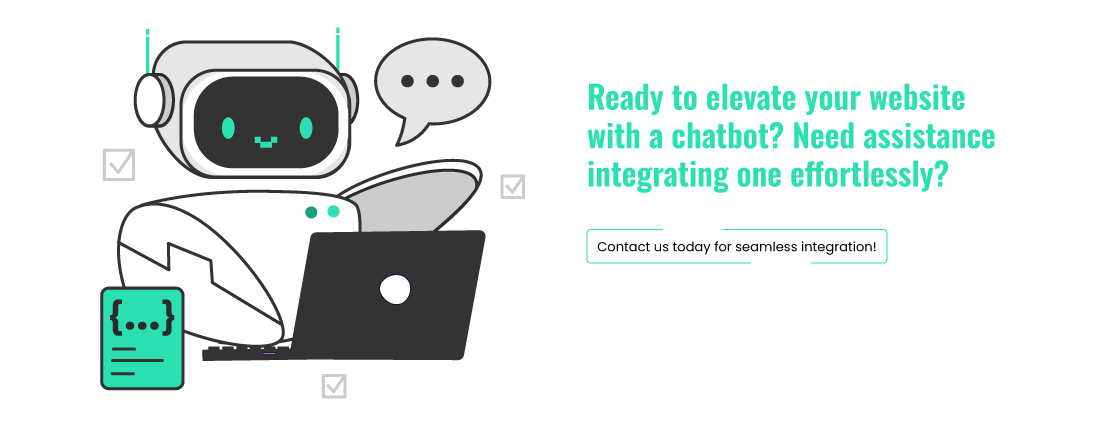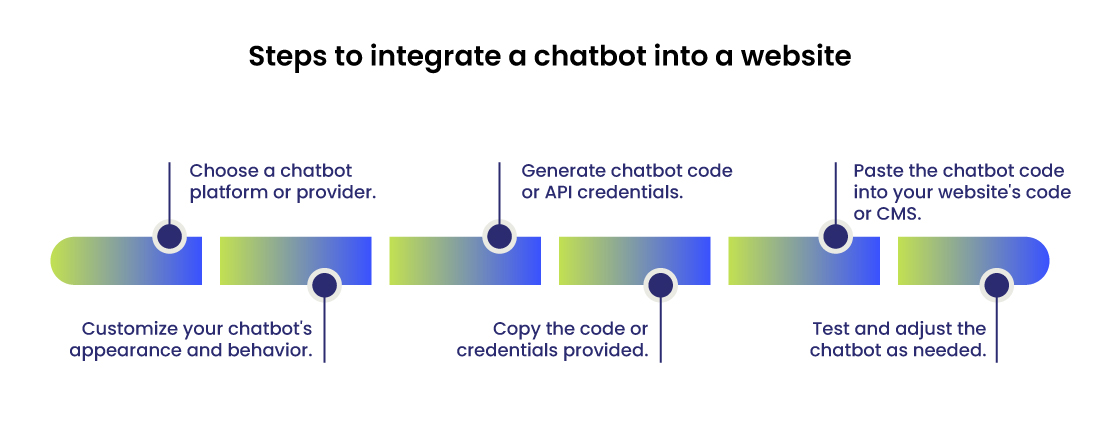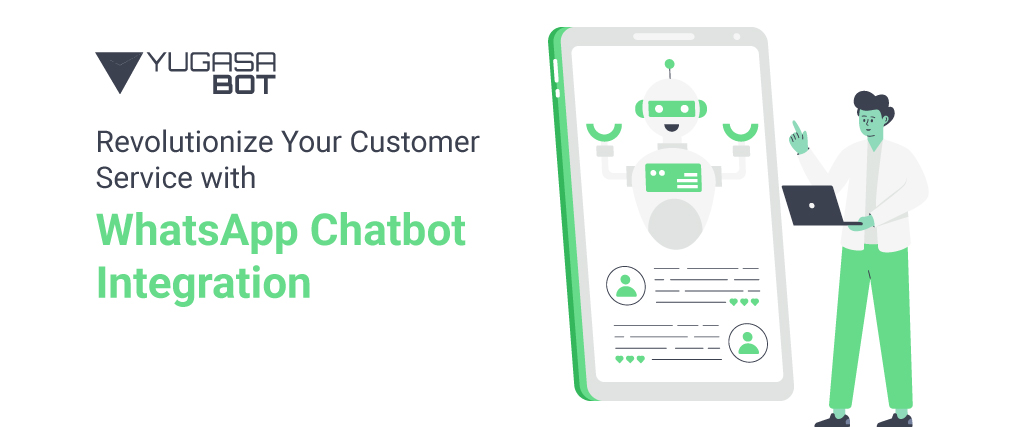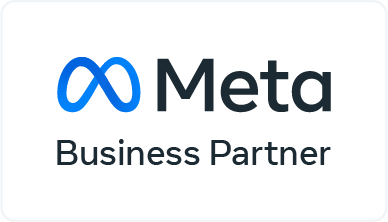Integrating a chatbot with WhatsApp can provide your business with a competitive edge. With over 2 billion users, WhatsApp is one of the most popular messaging platforms globally, making it a perfect channel for businesses to engage customers, provide support, and drive sales. In this guide, we will walk you through the process of integrating your chatbot with WhatsApp, ensuring that your business maximizes the potential of this powerful communication tool.

What is WhatsApp Chatbot Integration?
WhatsApp chatbot integration involves connecting an automated messaging system (chatbot) to your business’s WhatsApp account. This integration enables businesses to automate customer interactions, handle inquiries, and deliver timely updates, all within the WhatsApp interface. A well-implemented WhatsApp chatbot can manage everything from answering frequently asked questions to guiding customers through purchasing processes.
Benefits of Integrating Chatbots with WhatsApp
Integrating a chatbot with WhatsApp can bring numerous advantages for businesses, including:
- 24/7 Customer Support: Provide instant responses to customer inquiries, regardless of time zone.
- Cost Efficiency: Automate repetitive tasks and reduce the need for a large customer support team.
- Enhanced User Engagement: Personalize interactions using user data, boosting customer satisfaction.
- Seamless Communication: Enable real-time communication with customers directly on a platform they frequently use.
- Increased Sales Opportunities: Guide users through product recommendations, orders, and payment processes.
Prerequisites for Integrating a WhatsApp Chatbot
Before proceeding with the integration process, ensure that you have the following:
- WhatsApp Business API Access: To integrate a chatbot, your business needs to access the WhatsApp Business API. This API is suitable for medium to large businesses and allows seamless automation of messages.
- Verified Business Account: To gain access to the WhatsApp Business API, you must verify your business with Facebook (Meta), which owns WhatsApp.
- Chatbot Platform: A chatbot-building platform that supports WhatsApp integration is essential. Examples include Dialogflow, Twilio, or platforms like Chatfuel and ManyChat.
- A Web Server: You’ll need a server to host your chatbot and manage its interaction with the WhatsApp API.
Step-by-Step Guide to Integrate a Chatbot with WhatsApp

To make sure a chatbot works correctly and satisfies user needs, integrating it into a website requires a few crucial procedures. Here is a thorough how-to:
Step 1: Apply for WhatsApp Business API Access
The first step in integrating a chatbot with WhatsApp is to gain access to the WhatsApp Business API. Follow these steps:
- Go to the WhatsApp Business API documentation page.
- Click on the “Get Started” button and fill in the application form.
- Verify your business and connect it to your Facebook Business Manager account.
- Wait for approval, which can take a few days.
Step 2: Set Up Your WhatsApp Business Profile
Once you have access to the API, create your WhatsApp Business Profile:
- Business Name: Choose a name that represents your brand.
- Profile Picture: Use a logo or image that represents your business.
- Business Information: Fill out your business details, including description, address, and contact information.
Step 3: Choose a Chatbot Platform
Select a chatbot-building platform that supports integration with WhatsApp. Some popular options include:
- Dialogflow: Best for natural language understanding and complex bot flows.
- Twilio: Great for developers and allows flexibility in customization.
- Chatfuel: Suitable for non-developers who want a drag-and-drop interface.
Connect your chosen platform to the WhatsApp Business API using the credentials provided during the API approval process.
Step 4: Configure the Webhook for Message Handling
A webhook allows your chatbot to receive and respond to messages in real-time. Here’s how to set it up:
- On your server, set up an endpoint that listens for incoming webhook events from the WhatsApp API.
- Parse the incoming JSON messages and pass them to your chatbot logic.
- Respond to the messages through the WhatsApp API using the appropriate response format.
Step 5: Design Your Chatbot’s Conversational Flow
Crafting a user-friendly conversational flow is crucial to ensure that your chatbot offers a seamless experience:
- Greeting: Start with a welcoming message that introduces your brand.
- Main Menu: Offer options for different services, such as “Order Tracking,” “Product Recommendations,” or “Speak to an Agent.”
- Fallback Responses: Define fallback responses for unrecognized inputs to guide users back to the main menu.
- End Chat Gracefully: End conversations with a thank-you message or follow-up suggestions.
Step 6: Test Your WhatsApp Chatbot
Before going live, test the chatbot thoroughly:
- Check for proper handling of different message types (text, images, and files).
- Ensure that the bot can respond correctly to various user inputs.
- Verify the accuracy of the data being passed between the API, webhook, and chatbot logic.
Step 7: Deploy and Monitor
Once testing is complete, deploy the chatbot on your server. Monitor its performance regularly:
- Analytics: Use WhatsApp’s insights and third-party analytics tools to track user interactions.
- Feedback Loop: Incorporate user feedback to make improvements to the chatbot’s responses.
- Updates: Continuously update the chatbot to reflect changes in your product or services.
Best Practices for WhatsApp Chatbot Integration
- Keep Responses Short and Relevant: Users prefer quick, concise answers on messaging platforms.
- Focus on Personalization: Use data like past purchase history to offer personalized recommendations.
- Use Rich Media: Images, videos, and documents can enhance user experience.
- Ensure Compliance: Abide by WhatsApp’s messaging policies, especially regarding opt-ins and user privacy.
Common Challenges and How to Overcome Them
Managing User Expectations
One of the key challenges in chatbot integration is managing user expectations. It’s important to clearly communicate when users are interacting with a bot and when they will be connected to a human representative.
Integration Complexity
Integrating the WhatsApp API can be technically demanding, especially for businesses without in-house development resources. In such cases, partnering with a development agency or using a no-code chatbot builder can ease the process.
Data Privacy Concerns
Data privacy is a crucial concern, especially when handling customer information. Ensure that your chatbot complies with GDPR and other relevant data protection regulations. Use encryption for data transmission and follow best practices for secure data storage.
Conclusion: Boost Your Business with WhatsApp Chatbots
Integrating a chatbot with WhatsApp can significantly enhance customer experience and streamline business operations. By automating customer interactions, providing instant responses, and offering personalized recommendations, businesses can stay ahead of the competition in the ever-evolving digital landscape.
With YugasaBot chatbot integration, you can embrace the future of customer connection. This straightforward yet effective solution will transform the support and engagement of your website. You can get 24/7 support, tailored experiences, and insightful data in just five simple steps, ensuring that your company not only stays up but thrives in the digital era.
Invest in WhatsApp chatbot integration to connect with customers on their preferred platform, boost engagement, and drive more conversions. Take the leap today and transform how you communicate with your audience.
FAQs About WhatsApp Chatbot Integration
1. What is the cost of integrating a chatbot with WhatsApp?
The cost can vary based on the chatbot platform used, development time, and API charges. Using third-party platforms can be more affordable for small businesses, while custom development may suit larger enterprises.
2. Can I integrate WhatsApp chatbots without coding?
Yes, several no-code platforms like Chatfuel and ManyChat allow businesses to create and integrate chatbots without the need for programming knowledge.
3. How secure is WhatsApp for business communication?
WhatsApp uses end-to-end encryption for all messages, ensuring a secure communication channel. However, it’s important to use secure servers and adhere to best practices when handling customer data.







